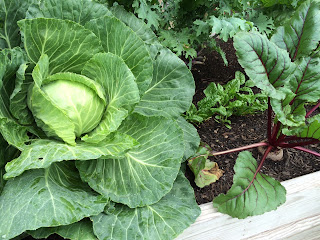Its the year of COVID-19, a deadly virus imported from China (like most goods we buy), and there is reportedly a "Coin Shortage."
Are you hoarding coins? Do you know anyone who is hoarding coins? Then why are businesses requiring we use a credit card, or have exact change, under the guise of a "Coin Shortage?" There is clearly something they are not telling us.
The Washington Post, one of many extreme Left leaning Propaganda machines for the Globalist Democrats says the following:
Americans don’t have to look far to see the damage wrought by the
pandemic and recession. Car cup holders, sofa cushions, piggy banks and
maybe even wallets laden with pocket change are fueling the nation’s
great coin debacle.
Is your car cup holder, or sofa cushions suddenly full of coins like never before? This is because it is a HOAX, with a hidden agenda, controlled by the very richest Globalist, who seek to transform America into their possession. They already control our foreign owned Media and Democrat Politicans like puppets, and now want to eliminate cash, so they can monitor every financial transaction we do.
Our only recourse will be to Barter with others, but then selling food with out a government license or USDA inspection, is illegal (in most cases), so they can control our food supply (and us) in the name of consumer safety, despite the fact that all the contaminated foods are coming from commercial producers that already comply with these requirements.
After 20+ years of Americans spending a Billion dollars per day more on foreign goods) like oil from the Middle East and electronics and toys from China) than we sell, these foreigners, rich with US dollars have bought and own over 60% of our country.
They have a huge vested interest in how our country is ran as they seek to control it through their biased media and businesses who mislead Americans while also donating massive sums of money to Democrats, who want open borders, to Take our Guns, de-fund our police, and eliminate Tariffs, that didn't destroy the US economy like they said it would, but rather boosted to to higher levels than ever before.
Absolute Free Trade is not fair to US Businesses and is NOT healthy for America. China, our biggest threat (not Russia) has been cheating Americans with our governments blessing for years, and taking our jobs. How many things do you buy that say "Made in Russia?"
IF this Coin Shortage does not make you suspicious, then nothing will. Don't get me wrong, there IS a coin shortage, but it is not because of you or I are hoarding them, but someone else is hoarding a lot of them for some strange reason.
For additional Prepper information, see our:
Blog Table of Contents
Free Trade vs Duties
US Poverty from a global perspective






